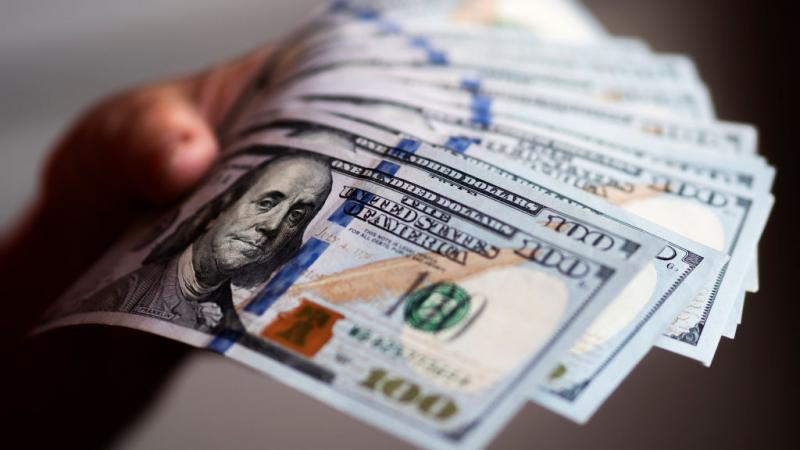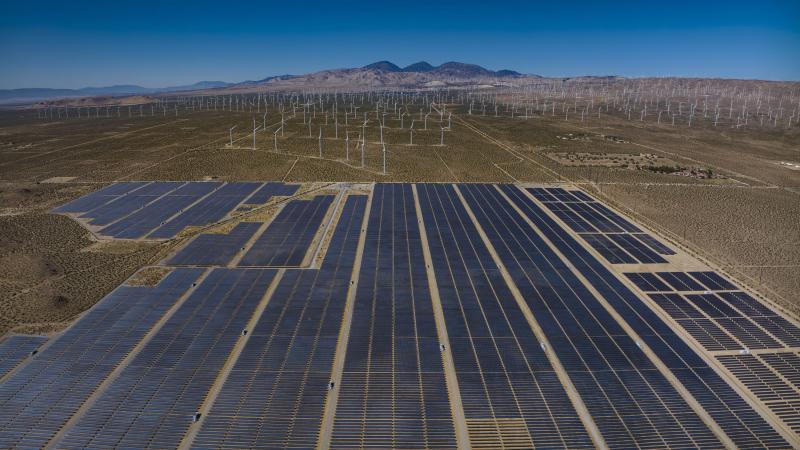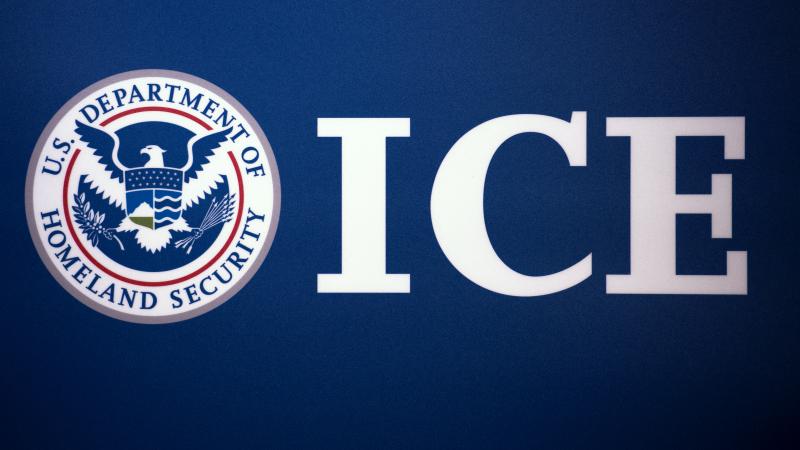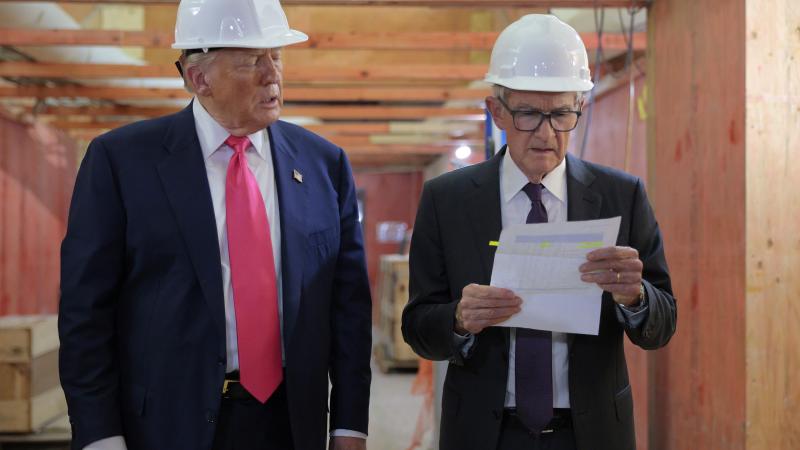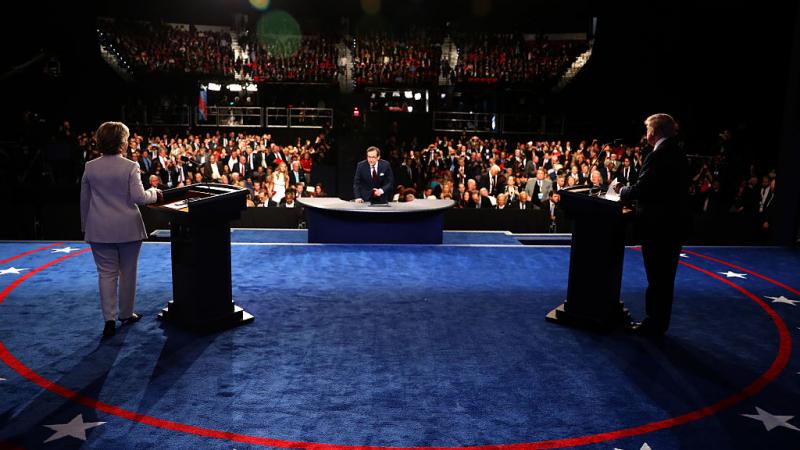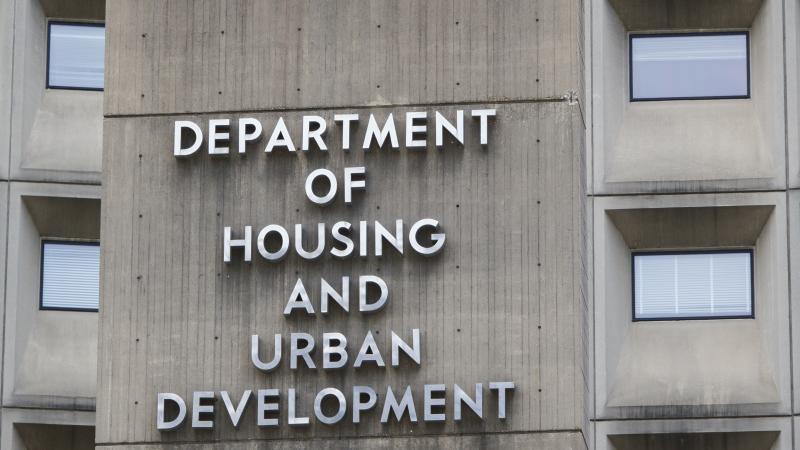Why do store shelves remain empty more than a year after the pandemic started?
"No supply chain, even the best-designed, was going to have enough product to cope with the sudden demand," Lisa Fletcher reported.
The global supply chain still is diminished more than a year since the pandemic began; and, while some companies have devised solutions to help, other issues have yet to be solved. Lisa Fletcher investigated the story for Sinclair's Sunday TV Program, "Full Measure with Sharyl Attkisson."
Christine Gutleben Becker, a businesswoman and mother of three living in the northern suburbs of Washington, D.C., described what grocery shopping still is like.
"In some ways ... shopping feels like an experiment," Becker said. "What are we going to get? What can we make with what we're going to get? And it feels par for the course. I think in these times almost normal."
Supply chains were hit hard by the COVID-19 pandemic, and companies in America especially felt it because of changes made to manufacturing over the past couple of decades.
Professor Brian Gibson, the executive director of the Center for Supply Chain Innovation at Auburn University in Alabama, said: "You start to see raw material suppliers in foreign countries where the pandemic hit earlier, they're closing down facilities, they're telling everybody to stay at home. So pretty soon your raw materials and your components, and all your supplies, are slowing down on their flow into the United States. And that ultimately catches up because a lot of companies have gotten very lean over the last 20 years."
In manufacturing, "'lean' means only storing the parts and components you need right now, relying on 24/7 supply chains to deliver new inventory just at the right time," Fletcher reported. "It saves billions in storage, but it means any glitch in the chain, and things stand still."
While supply chain disruptions often occur during natural disasters in localized areas, the difference with the COVID-19 pandemic is that it happened across the entire world, all at once.
"No supply chain, even the best-designed, was going to have enough product to cope with the sudden demand," Fletcher said.
Gibson explained a solution that companies have come up with to help alleviate the crisis.
"One thing that the companies have done to try and speed up that process is it cut back a little bit on the variety. So instead of making six different varieties of toilet paper in 12 different packaging sizes, let's focus on two brands in our portfolio, and go with four or five packaging options," Gibson said.
"I've read a lot, put it this way, of pundit saying, 'Oh, we're going to fundamentally change how we operate supply chains. We're going to bring everything back to the United States, everything near shore. We're going to do this and this and this.' And we've talked to companies, and they said, 'No, we're not going to do a wholesale change of our supply chain, but we're going to be smarter, and we're going to start off with coming up with better contingency plan.'"
Delivery services like UPS and FedEx have experienced significant increases in package deliveries because of the spike in online shopping during the pandemic. UPS delivered 6.3 billion packages last year, which was a 13.7 percent increase, while FedEx had a 31 percent rise in deliveries last summer.
American ports also have seen a jump in imports and exports amid the pandemic, as most products enter the country in giant, steel shipping containers.
In Baltimore alone, imports and exports have increased 10 percent over the last 11 months.
William Doyle, the executive director of the Port of Baltimore, said that business has spiked "Tremendously. Since July, we've had at least 18 unscheduled rotation container ships come through the port. And that's the equivalent of approximately 30,000 containers that we wouldn't have ordinarily had."
For some ports, it has taken days or weeks to unload ships with so many coming in, resulting in a shortage of empty containers.
"There is a shortage of containers overseas," Doyle said. "So we do move empty containers through the Port of Baltimore on the ships back to the loading ports in Asia and Indian sub-continent."
Fletcher explained the current situation with the supply chain: "In the short term there are still going to things you can't find right now. For example, there is still massive demand for masks and first aid items, and because summer is coming, outdoor and garden product sales have shot up. In the longer term, President Biden in February ordered his administration to conduct reviews of global supply chains for everything from computer chips to food -- the White House wants to encourage more domestic production for key products but hasn't said how they'll do it."


